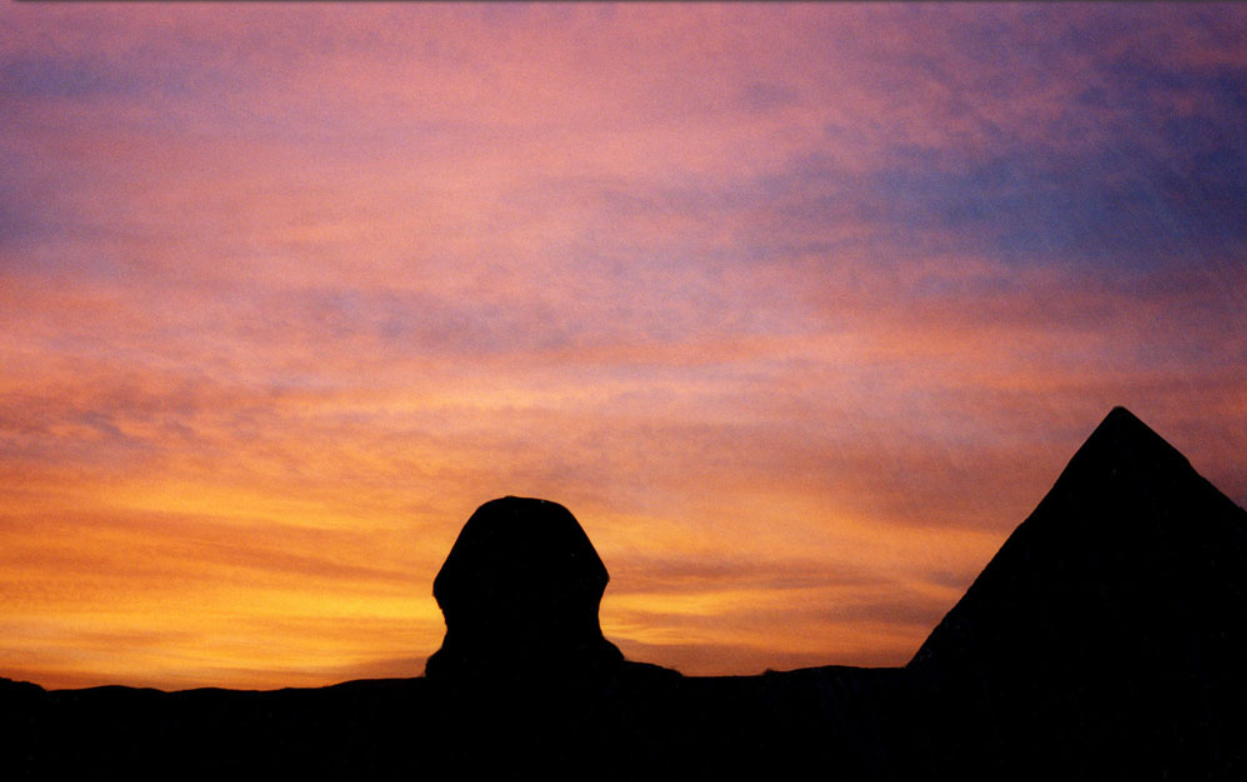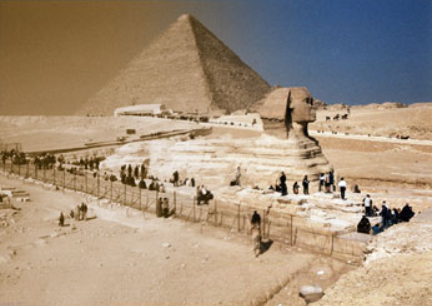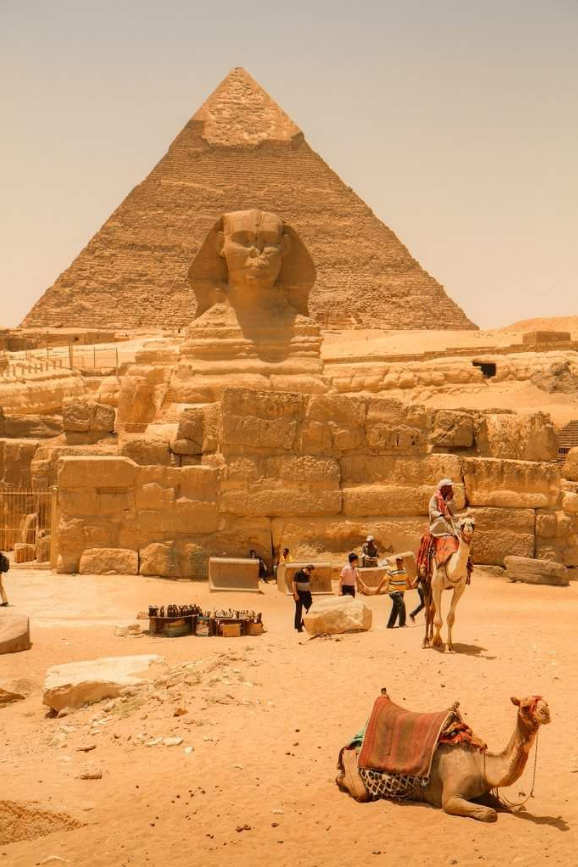10 Captivating Insights About the Great Sphinx of Giza
The Great Sphinx of Giza is an iconic symbol of Egypt, enveloped in mystery and intrigue. For ages, historians and travelers alike have been drawn to this monumental structure, trying to unlock its secrets. Here, we delve into ten compelling insights about the Great Sphinx, revealing its significance as one of the world’s most remarkable wonders.
- A Colossal Carving
The Great Sphinx is renowned for being the largest monolithic sculpture globally, intricately carved from a single limestone bedrock. It stretches approximately 240 feet in length and stands around 66 feet tall, showcasing the extraordinary talent and engineering prowess of the ancient Egyptians. - Ambiguous Original Intent
Despite its commonly held perception as a guardian of the Giza pyramids, the exact initial purpose of the Sphinx continues to generate debate. Some researchers propose it symbolized royal power, while others theorize it may have served as an astronomical marker, linked to specific celestial bodies. - Mystery of the Face
The identity of the figure depicted in the Sphinx’s visage remains an enigmatic topic. Historically attributed to Pharaoh Khafre, emerging studies indicate that it might represent other pharaohs, such as Khufu or Djedefre. The true identity of the Sphinx’s face remains an open question, fueling ongoing scholarly discussions. - The Nose’s Disappearance – Fact and Fiction
The Sphinx’s missing nose is a well-known aspect of its appearance, often shrouded in myth. Many believe it was damage inflicted by Napoleon’s troops, yet historical records suggest that it eroded or was vandalized much earlier, likely during religious strife or simply due to natural weathering. - Vibrant Original Appearance
Today, visitors see the Sphinx’s weathered limestone exterior, but archaeological findings indicate it was originally adorned with bright colorations. Traces of pigments reveal that the Sphinx was once richly decorated, enhancing its visual splendor in ancient times. - Speculated Hidden Chambers
Over the years, theories have emerged about the existence of concealed chambers underneath the Great Sphinx. Recent radar analyses and geological investigations have uncovered indications of voids, prompting curiosity about potential hidden treasures or ancient artifacts, though access to these areas remains elusive. - Celestial Alignments and Cultural Significance
Ancient Egyptians skillfully intertwined their structures with astronomical phenomena. Researchers posit that the Sphinx may have been aligned with significant celestial events, such as sunrises or constellations, hinting at deep religious and cultural meanings embedded within its design. - The Dream Stele and Restoration Legends
An important artifact known as the Dream Stele recounts Pharaoh Thutmose IV’s dedication to restoring the deteriorating Sphinx. According to legend, he dreamt the Sphinx offered him kingship in return for its repair. This inscription serves as a vital resource for historians studying ancient Egyptian beliefs and royal traditions. - A Universal Symbol of Wisdom
The Sphinx’s portrayal as a wise figure extends beyond Egypt. In Greek mythology, the Sphinx is known for posing riddles to travelers, signifying its role as a guardian of hidden knowledge. Over time, the Sphinx has evolved into an emblem of wisdom and mystery recognized worldwide. - Reassessment of Age
While most Egyptologists date the Sphinx to around 4,500 years ago during the Old Kingdom, some geological studies have stirred controversy by suggesting it may be significantly older. Certain weathering patterns imply it could date back several millennia earlier, correlating with periods of increased rainfall in the region before the widely accepted timeline.
Why Unraveling Sphinx Secrets Matters
Exploring the Great Sphinx’s facts transcends mere academic interest; it offers insights into human history and creativity. Each discovery sheds light on the beliefs, skills, and lives of ancient Egyptians, enriching our contemporary understanding of civilization.
Key Highlights:
- Material: Crafted from a singular limestone bedrock.
- Purpose: Ambiguous; likely protective or symbolic in nature.
- Identity: Potentially represents Pharaoh Khafre, Khufu, or Djedefre.
- Damage: Nose missing due to erosion or vandalism.
- Original Colors: Previously adorned with bright pigments.
- Hidden Chambers: Possible undiscovered spaces beneath the structure.
- Astronomy: Potential alignment with celestial bodies or solar events.




